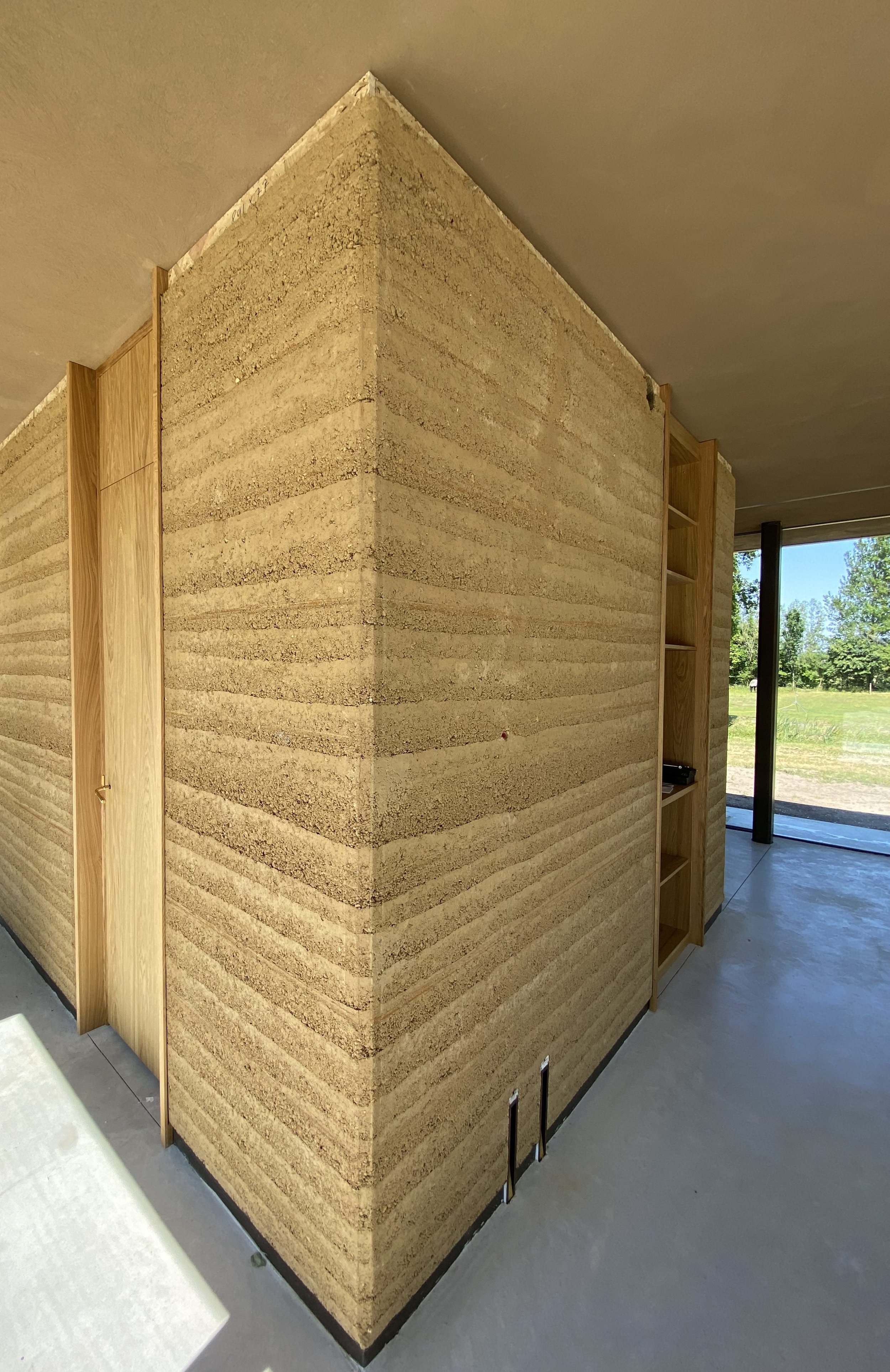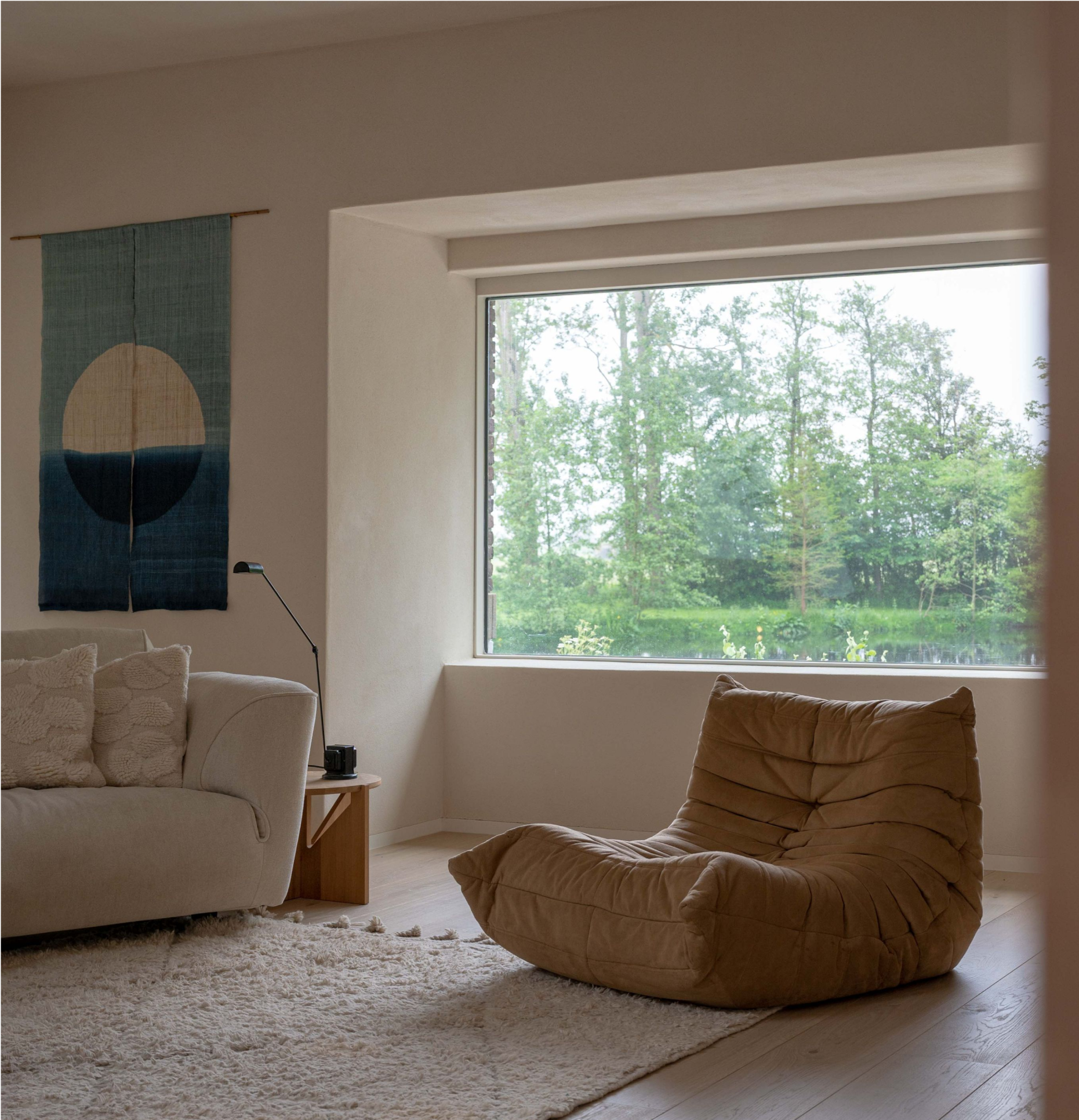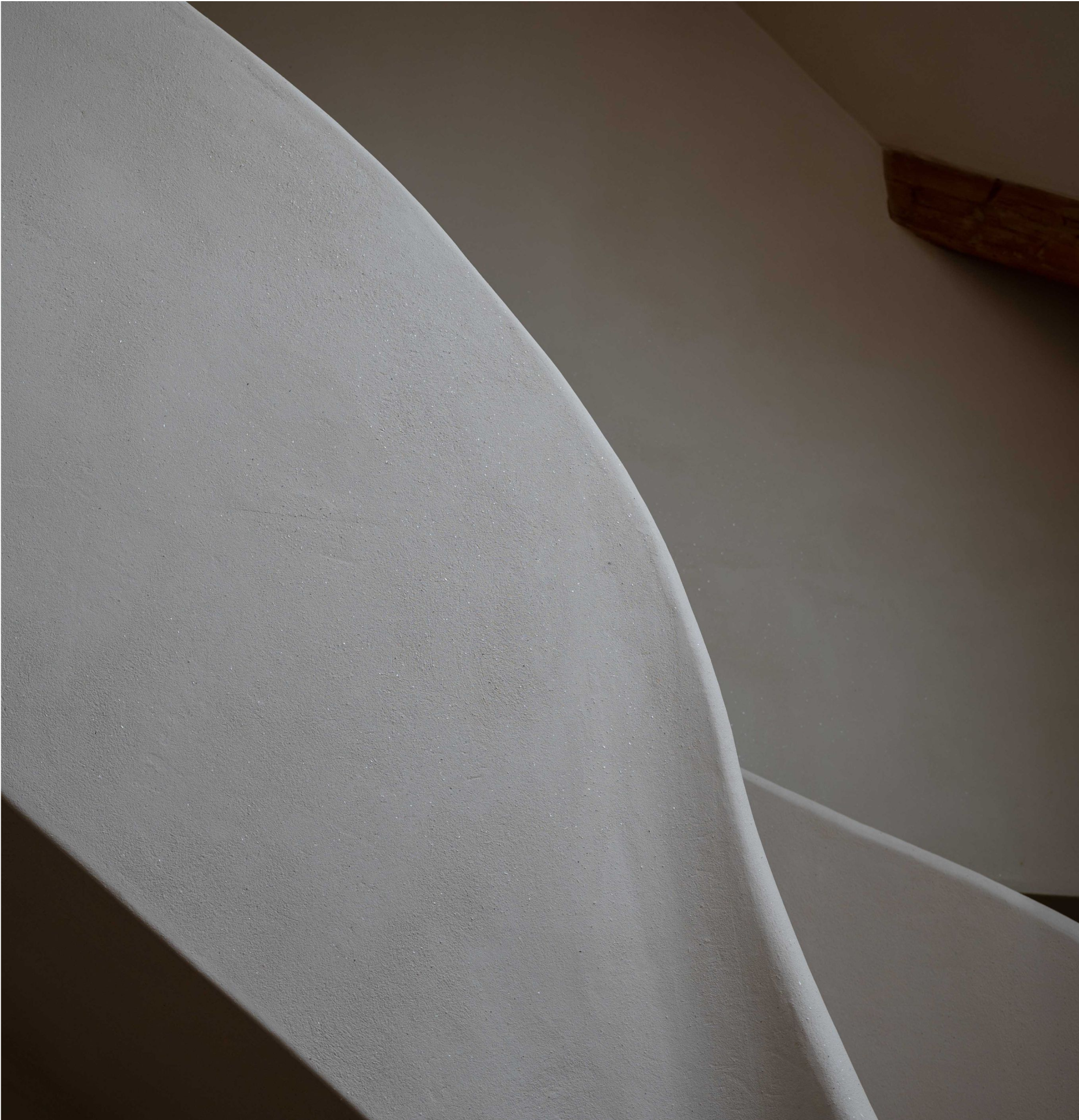Best Plaster of the Earth Contest: Craftsmanship Winner Charles Thuijls
Add his quotation
And what does craftsmanship mean to you in relation to your role as a clay expert or Tierrafino expert?
What is craftsmanship to me? That's a tough question. I think craftsmanship is about being able to play with the material. It means knowing the possibilities and limitations of a material so well that you don't just use it for its intended purpose, but can also think of other uses. Not that you completely deviate from its primary function, but you understand it so well that you don't always need the product sheet on hand. You know what you can do with the material intuitively.
Charles, how did you first come into contact with Tierrafino? Where did it begin?
It began in 1998. I had already come into contact with clay plaster in France, but when I returned to the Netherlands, I wanted to see who the players were in the field of clay plaster. That was Tierrafino. I lived in Amsterdam, so it was easy to find my way to the office on Helmersstraat.
That was your first contact?
Yes, that was my first contact, or at least the first significant one. I went in and said, "I have some experience with clay plaster from France, and I want to do more with it in the Netherlands. Can I intern with you or do you have any projects?" I started by doing a few projects for Tierrafino and gradually started working more on my own. This was all about earthen plaster. My interest and knowledge about rammed earth came later. But initially, it was all about earthen plaster. That's how I got started with Tierrafino.
And health? How does that relate to your work and our materials?
I enjoy working with clay because, although it can be physically demanding, you can manage it with proper techniques or machinery. It's reassuring to work with a product that isn't harmful to your skin or requires protective gear like masks. I also work with cement products, but I'm more cautious with them. With clay, it's just pleasant to work with. It's also good for clients as it produces little waste, which indirectly relates to health.
In relation to beauty, craftsmanship means achieving a beautiful result more efficiently and with fewer errors. Someone with less experience can also create beautiful things, but it takes more time and effort. With craftsmanship, you can reach the final result more directly and with fewer unnecessary steps. This efficiency translates to a more beautiful end result.
And beauty? How does beauty relate to craftsmanship and your work?
When you have a lot of experience with a material, everything goes faster and smoother. Every action is more precise. Mistakes still happen, but I think admitting mistakes and fixing them is also part of craftsmanship. If someone claims nothing ever goes wrong, I get suspicious because everyone makes mistakes. Craftsmanship also involves recognizing and correcting those mistakes.
In relation to beauty, craftsmanship means achieving a beautiful result more efficiently and with fewer errors. Someone with less experience can also create beautiful things, but it takes more time and effort. With craftsmanship, you can reach the final result more directly and with fewer unnecessary steps. This efficiency translates to a more beautiful end result.
And the last question is, why are you a plasterer? Why do you do what you do?
Why do I do this job? Because I enjoy creating something beautiful. At the end of the day, you can see the result of your work. It's satisfying to transform a space from a construction site into a home. It's gratifying when a client sees the progress and appreciates it. I like contributing to making something beautiful that the client will enjoy.
So when is something beautiful?
When it meets the client's criteria. Even if I don't personally like the style, if the client is happy, then it's beautiful. It's about fulfilling the client's vision. For me personally, something is beautiful when it goes according to plan and the end result is clean and well-executed. It’s also about the efficiency of the process, like not wasting materials or having to redo work. That kind of precision and planning is part of craftsmanship.
Winning Project
Kantoor Bergen
Ceiling in clay stucco and a central block in rammed-earth. The ceiling (150m2) is plastered on wood fiber boards with Tierracol bonding loam tin layer, a leveling layer of Tierrafino fine plaster brown provided with a full-surface reinforcement and finished with Tierrafino fine plaster brown tinted with Gomera and Djennee loam finish to get a darker color brown. The central block is stamped in loam in a thickness of 10 cm against a wooden back wall.





Listen up.
Listen here to the full interview. Please note that it has been conducted in Dutch, so the audio is available only in Dutch.
Related articles









